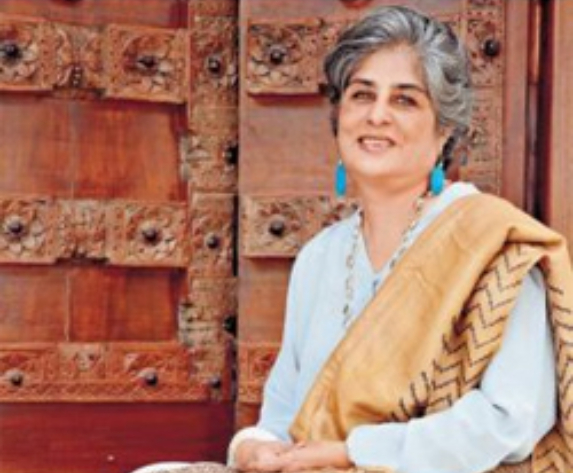
Jewellery

Men's Attire
The Kodava man’s attire is a kupya (long black or white wrap-around tunic) secured with a red gold-embroidered silk chele (sash), into the front of which is tucked a peeche kathi (dagger sheathed in an ornate scabbard of silver and gold, ivory and wood). A white mande thuni (turban) or a red chouka (checkered scarf) is tied around the head.
View MoreMen's Accessories
An odikathi (war knife with a broad blade) is fixed to a thodang (silver girdle) at the back of a bridegroom’s waist. Paintings from about two centuries ago show that, in the past, a kupya could be of different colours, with its seams embroidered by Kodava women who were renowned for their skill in embroidery. Today, men usually wear black kupyas. White kupyas are worn only for special occasions – by bridegrooms, by those who dance at temples, and by those who are possessed by ancestors or spirit-deities. A corpse is dressed in a white kupya. The paintings also show the arms that Kodava men bore in the past – bows and arrows and match-lock guns, as well as the traditional knives (peeche kathi and odi kathi), that are still in use during ceremonies at weddings and festivals.
View More

Women's Attire (Sari)
The Coorg style of draping a sari involves tucking the pleats at the back of the waist, instead of the front. The end of the sari is brought below the left shoulder, and secured over the right shoulder in a firm knot called ‘molakattu’. This style suits Coorg women leading an active life while climbing up and down slopes in their mountainous homeland in the Western Ghats. It was believed that the dress helped women clamber up trees when confronted with wild animals in the jungles in the olden days. The fact that women have not taken to change as easily as the costume of the men is concerned stresses on the comfort factor.
View MoreCoorg Wedding
The traditional jewellery worn by Kodava women is also distinctive and is inspired by nature – the moon, flowers, fruits, snake etc. It commonly uses repousse work, where a small quantity of gold is beaten to paper thinness and moulded in the desired pattern, giving it a three-dimensional effect. The typical chains include the kokke thathi (long gold chain of hollow gold beads, with a large crescent-shaped pendant filled with lac, set with graduated rubies, with hanging pearls along its bottom edge, and with the hood of a cobra at its top); the pathak, symbol of a married woman (chain of gold and coral beads on a twisted strand of black glass beads, with a gold coin framed by rubies and surmounted by a cobra hood as a pendant); jomale (two long rows of grooved hollow gold beads filled with lac, strung on black cord).
View More

Arati Monappa on Coorg Jewellery
Coorg jewellery is very distinctive, yet the influence of neighboring States is evident. The jewellery worn by the Coorgs are inspired by nature, in the form of flowers, fruits, serpents, the moon, sun, and stars.
View More